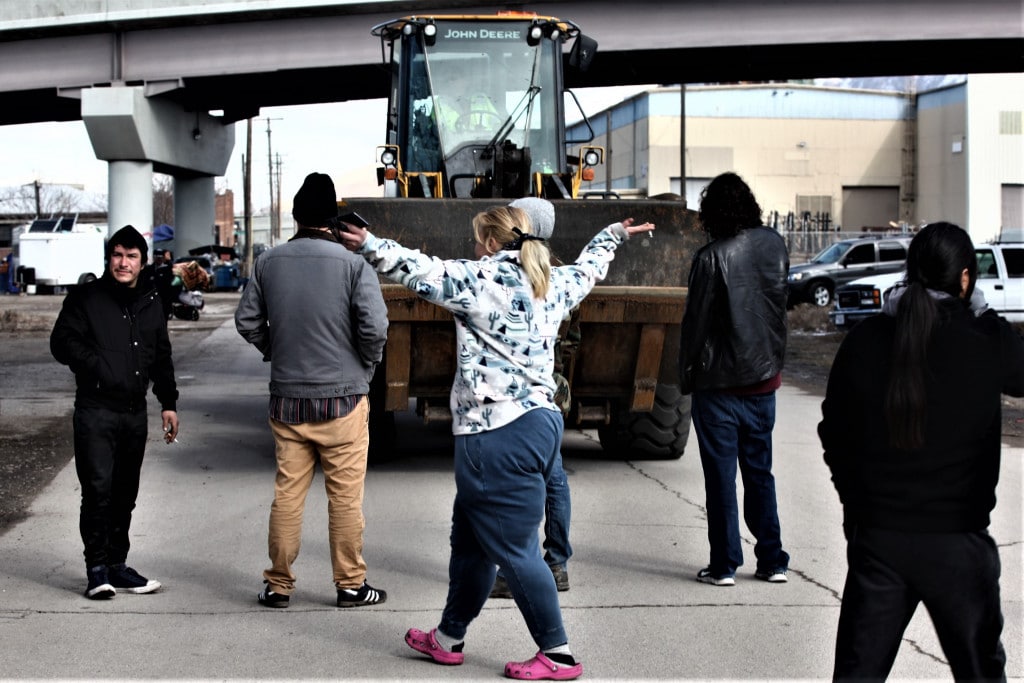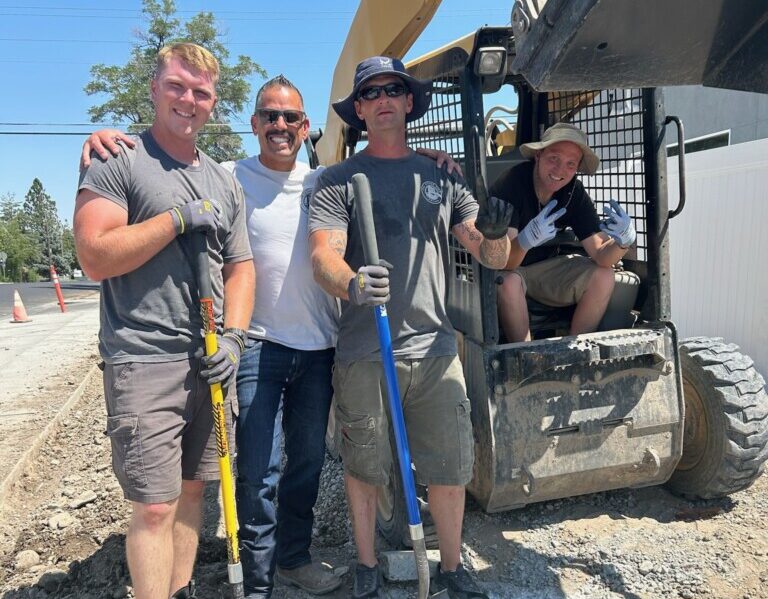If Salt Lake City’s Homeless Had a Say in The over $20 Million Spent on Them, Here Is How They Would Spend it
“I think there should be a shelter for both men and women, it’s not healthy to separate couples,” said Savannah who was living outside in a tent at the former homeless encampment called Fort Pioneer. She added, “Also, they need a place where they allow dogs.”
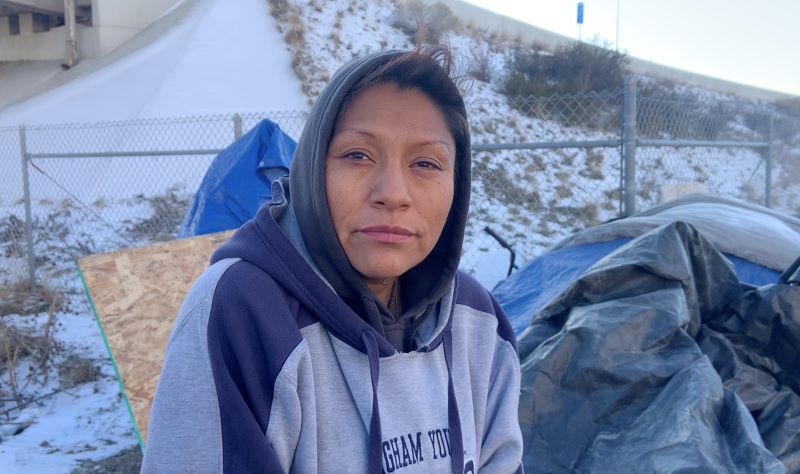
Currently somewhere around 1,000 and up to 3,000 individuals are living on the streets in and around Salt Lake City. They set up tents on the sidewalks and are causing some major problems for downtown Salt Lake City business owners. Last November Utah Stories set out to speak to these people to determine what would be best to improve their situation. Over the nine months we have collected interviews, and a common question we have been asking is: How would you spend the money if you were in charge?
Utah Stories previously reported about how the Salt Lake City’s Geraldine E. King Woman’s Homeless shelter has women day camping outside who are obviously suffering from mental illness.
Hundreds of other unsheltered homeless are camping around downtown Salt Lake City and taking advantage of services where they are able. Salt Lake City tolerates short-term public camping but does not allow long-term camping. Maintaining this policy has produced a population of nomadic homeless who begin setting up camps on busy downtown streets at about the time when city workers begin heading home for the day.
Many unsheltered homeless are local Utah residents, but several we have spoken to are from other cities. Many of the unsheltered who brave the elements tell us they are “waiting for housing” and that they are “homeless by choice” indicating that they are in a type of limbo. This has been prescribed to them due to their current housing situation, which leaders like to claim is due to a lack of “deeply affordable housing.” It’s difficult to reconcile that homelessness could be a choice if someone is in fact a victim of a housing crisis. The reality is that at least partially, the problem of the swelling homeless population is a crisis created by an incentive system that rewards people for living on the streets.
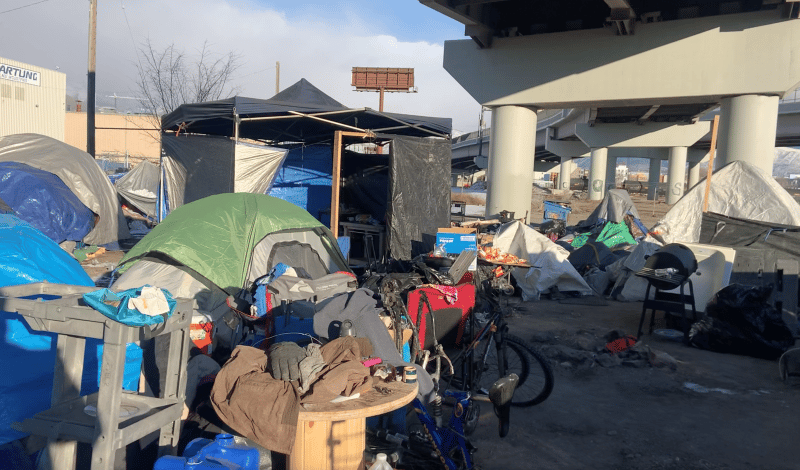
Most people we have interviewed who are braving the elements are in fact “waiting for housing” in the most desirable manner they can. They choose a way where they can have the greatest degree of independence and freedom to move around and live with their partners and animals. Fort Pioneer was a place where over 100, unsheltered homeless were living together in relative peace. Utah Stories captured this tent village in a series of videos and interviews.
What does the Homeless Population Want?
A common answer we have heard from the unsheltered population is that they would like a sanctioned campground. Just a secure location where they can keep belongings without fear that when they return all their worldly possessions won’t be gone.
Savannah, who we mentioned earlier, told us she is waiting for housing, and she is on the Housing First list through a case worker, who tells her she will need to wait three years. Savannah said that she decided to come to Salt Lake City with her boyfriend to “improve the situation for her kids.”
Most homeless residents have said that all they want is a secure location.
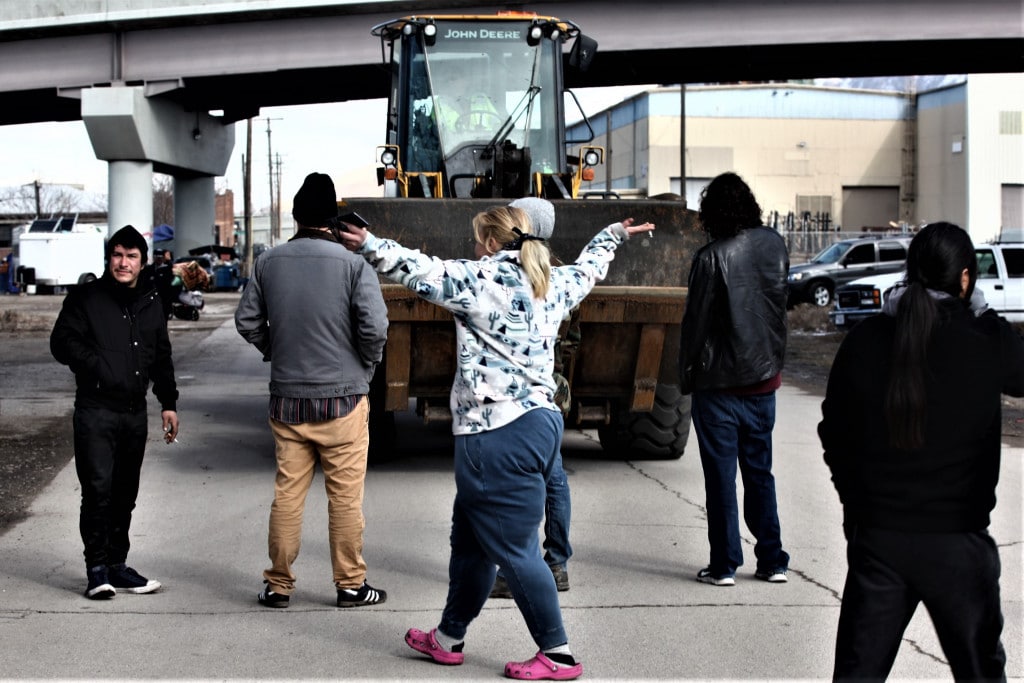
The Housing First model (giving homeless people housing before resolving issues of addiction or psychological disorders) is predicated on the belief that “Homelessness” can be solved by giving homes and free money to drug addicts and the mentally ill. The steadily increasing number of homeless camping on the streets of Salt Lake City and other large cities is a demonstration that this underlying assumption may not be accurate.
RELATED CONTENT
Homeless Advocate Claims SLC Mayor Has a Conflict of Interest in Handling Homeless Situation
Why Is the 600% Increase in Homeless Spending Resulting in More Homelessness in Utah?
Homeless Families Braving the Cold Rather Than Stay in Shelters in Salt Lake City
Homeless Policies in Salt Lake City: Paying off? Or an Endless Money Pit?
Six Years of Failed Homeless Policy in Salt Lake City
Subscribe to Utah Stories weekly newsletter and get our stories directly to your inbox

